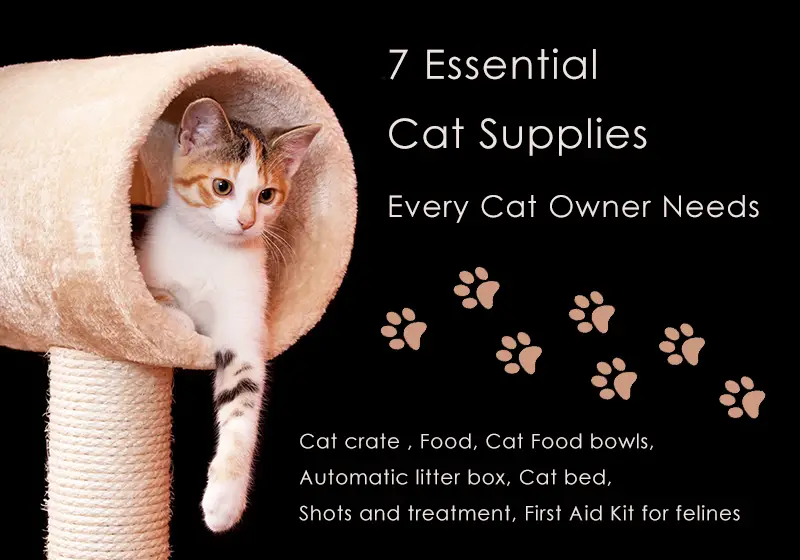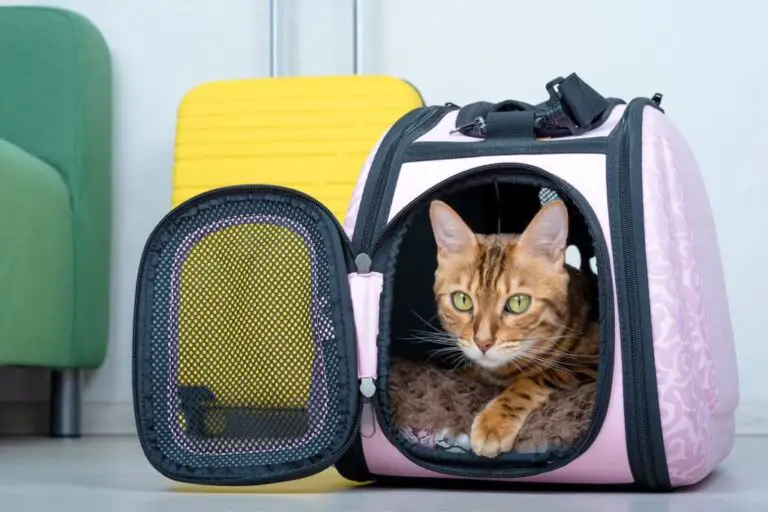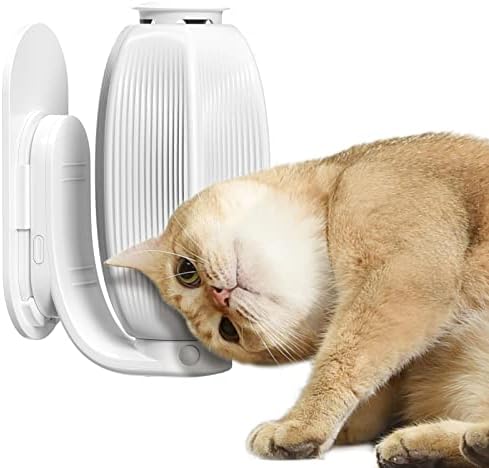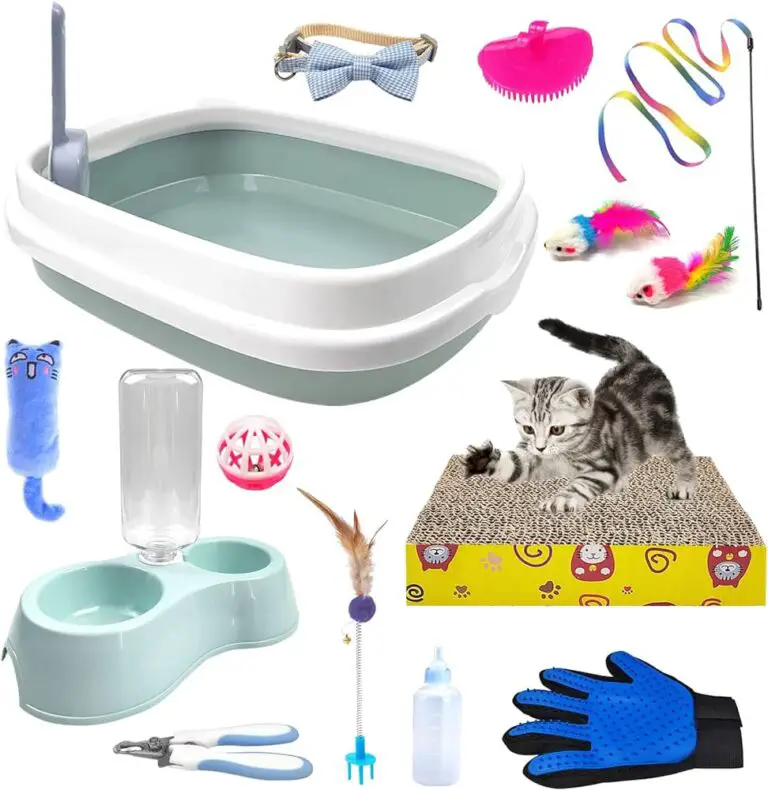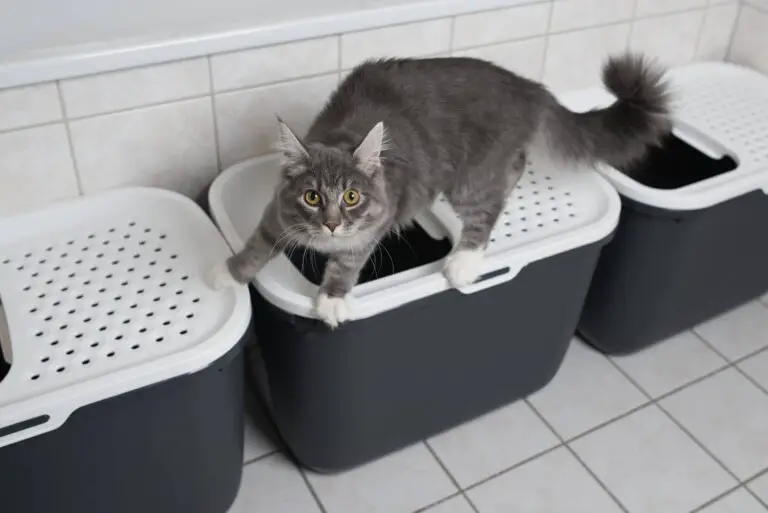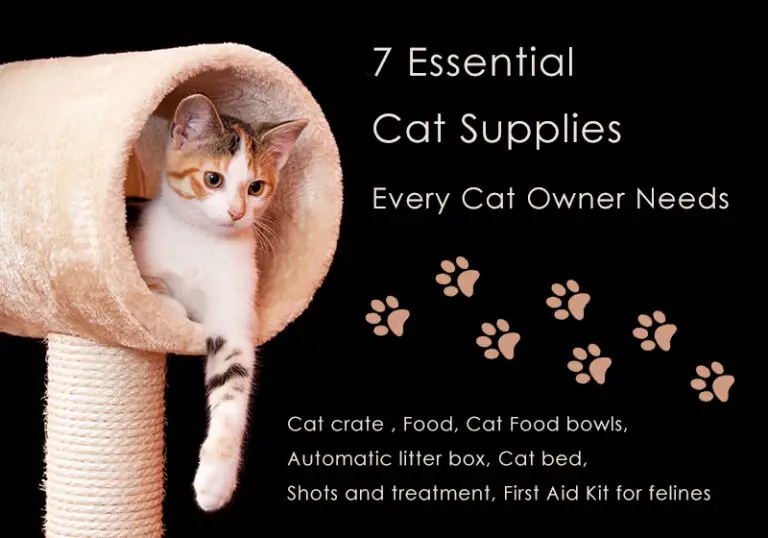Essential Training Tools and Techniques Every Cat Owner Should Know
For centuries, humans have shared their lives with cats, admiring their grace, independence, and the unique bond they offer. But ask any cat owner, and they’ll tell you — even the most enigmatic of felines responds to training. Far from being a one-way street, training your cat can deepen your relationship with them and enrich both your lives. From communication tools to positive reinforcement techniques, understanding and implementing the right training methods can lead to a harmonious and cooperative dynamic between you and your four-legged friend. This post is a comprehensive guide for cat owners, walking through the essentials of cat training, from understanding feline behavior to specific techniques and tools you’ll need in your training regimen.

Understanding Your Cat
Cats have a language all their own, with subtle cues and behaviors that convey their moods and needs. To train a cat effectively, it’s crucial to first understand this unique lexicon. Feline communication often involves body language, vocalizations, and scent marking. Whiskers, tail positioning, and ear movements are just a few of the clues that reveal a cat’s emotional state. Recognizing and responding to these signals is the first step in any successful training program. Observation and patience are key here, as each cat will have its own quirks and individual mannerisms.
Essential Training Tools
Several tools have proven invaluable in the world of cat training. Interactive toys, such as feather wands and laser pointers, can be used for playtime and as rewards. Clickers, though typically associated with dog training, can be effective tools for marking the exact moment your cat performs a desired behavior. Scratching posts and cat trees help to redirect your cat’s natural urge to scratch and climb. Lastly, a calm, positive attitude is perhaps the most indispensable tool of all. Cats are perceptive creatures and will respond best to training that takes their unique personalities into account.
Basic Training Techniques
Litter Training
Litter training is one of the first skills a cat owner must teach their pet. Begin by placing your cat in the litter box several times a day, particularly after meals. When they use it, praise them and offer a treat. Rejecting the use of the box may indicate a preference for a different location, the type of litter, or underlying health issues which will need to be addressed.
Teaching Commands
Some cat owners may be surprised to learn that their cats are capable of learning commands. Start with simple commands like “come” or “sit” by associating the command with a specific action and rewarding compliance. Consistency is key, and sessions should be short but frequent. Use a treat to lure your cat into the desired position and immediately reward them when they do as you ask.
Correcting Unwanted Behaviors
If you encounter unwanted behaviors like scratching furniture or jumping on counters, there are ways to correct them without harming your bond with your cat. These include using deterrents (like double-sided tape on forbidden surfaces), providing alternate scratching posts, and creating an environment that discourages the behavior (like closing off spaces where cats shouldn’t be).
Advanced Training Methods
Leash Training
Walking a cat on a leash is a practice that requires patience and understanding. Start with a harness that your cat can get used to wearing before moving on to the leash. Allow them to explore while harnessed indoors, then attach the leash, and practice gentle guidance. Over time, your cat may become comfortable walking beside you on outdoor adventures.
Performing Tricks
Cats can be taught to perform a variety of tricks, from high-fives to rolling over. Begin with basic behaviors your cat is already naturally inclined to do, then add a cue and reward. Ensure the tricks are safe and feasible for your cat’s physical abilities and comfort levels.
Toilet Training
Toilet training a cat is a significant commitment but can be accomplished with the right approach. Gradually introduce your cat to the concept by moving their litter box closer to the toilet until it’s eventually placed on top. Slowly replace the litter in the box with flushing cat litter as your cat becomes accustomed to using the toilet.
Overcoming Common Challenges
Training doesn’t always go smoothly, and there are common challenges cat owners might face. From aggression towards other pets or family members to scratching in inappropriate places, identifying the root cause of the behavior is the first step. In some cases, enlisting the help of a professional animal behaviorist may be necessary to find a solution that works for both you and your cat.
The Importance of Positive Reinforcement
Positive reinforcement is a powerful tool in cat training. By rewarding good behavior with treats, praise, or play, you create a motivation for your cat to repeat that behavior. Positive reinforcement builds trust and a strong relationship by teaching your cat what you want them to do, rather than focusing on what you don’t want.
Conclusion
Effective training is a two-way street that involves understanding your cat’s needs, using the right tools, and deploying the appropriate techniques. Positive reinforcement and patience can turn any cat into a model pet companion. By investing time and effort in training, cat owners can foster a relationship built on communication, respect, and shared enjoyment. The rewards of a well-trained cat are many, offering a well-behaved and contented companion that enriches your life every single day.

